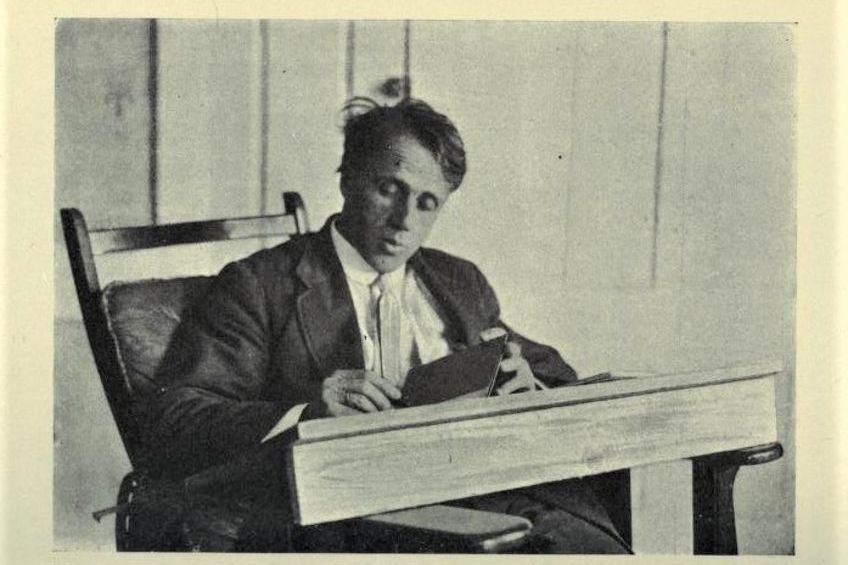Robert Frost Poems – A List of the 10 Best Poetry Examples
Two roads diverge before you. One goes toward continuing to read this article, and the other is to stop reading. Let’s hope you pick the former. We are going to have a look at a number of famous Robert Frost poems today, including the one that everyone knows. The answer to the question, “What is Robert Frost’s most famous poem?”, is one that most people already know, but we’ll get to it in time. Until then, we are going to discuss ten of the most famous poems by Robert Frost. If this countryside poet is one you enjoy, keep reading and perhaps you’ll learn about some new Robert Frost poetry.
The Most Famous Robert Frost Poems
Robert Frost was an American poet who is often considered to be one of the most widely known of the 20th century. Much of his work is concerned with the rural American landscape, and he has become synonymous with this part of the American experience. Much of his work is also, specifically, set in New England. While Robert Frost was actually born in the city, he did later move to the countryside, and his experiences would go on to shape his work throughout his career.
Some of the most important elements of Robert Frost poetry is that it is generally noted for its command of American colloquial English and realistic portrayals. He has become a quintessential rural American poet because he understood the lives of those who lived in the countryside, and he wrote about their lives in rich detail.
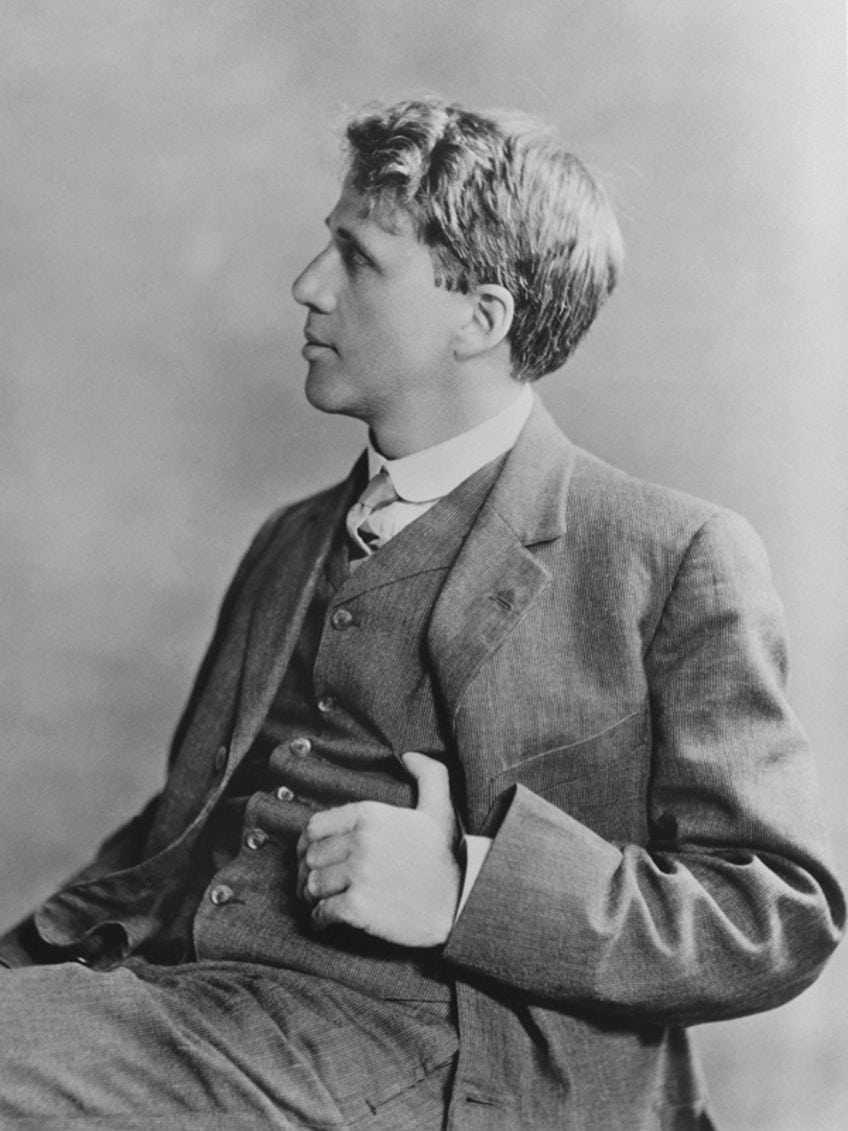
Many of his poems examine themes such as the connection between humans and the natural world, the plight of real people in real situations, an examination of everyday life, love, isolation, and the struggles of life. His work is also often highly metaphorical in nature in its attempt to explore some of those deeper questions.
Robert Frost’s poetry would go on to achieve national and international fame. His work is taught around the world in English classes, and in the United States, he received many awards for his work. For instance, he won four separate Pulitzer Prizes for Poetry, and he even won the Congressional Gold Medal for his work a handful of years before he passed away.
So, without holding off for much longer, let’s have a look at some famous Robert Frost poems.
Home Burial (1914)
| Date Published | 1914 |
| Type of Poem | Narrative poem |
| Rhyme Scheme | None |
| Meter | Iambic pentameter |
| Topic | Grief |
Home Burial is one of the earlier Robert Frost poems to become an immensely popular text, and it is also one of the longest poems that he ever produced. This particular text was written in blank verse, meaning that it does use a specific metrical structure, but it does not have a particular rhyme scheme. Furthermore, it is written as a long dramatic dialogue piece, and, for this reason, there is a certain theatricality on display.

The poem is concerned with the different ways that people grieve. It is a pair of parents who have both lost their child and need to deal with the pain and loss that they both feel. They both should respect each other’s specific way of mourning, but an argument ensues from this event, and this can serve as a means of resonating with many potential readers as we all have different ways of coming to terms with loss and understanding our place in a world in which loss has become a part of it. We do not all face the same kind of loss that these two parents have been forced to face, but it does present them with challenges. The poem is not particularly positive in its depiction of the way that these two mourn their child and there is a certain implication that the death of their child may also very well lead to the death of their marriage.
Contending with something as major as the death of a child can leave some utterly devastated in its wake, and incapable of recovering from such an event, and this instance of Robert Frost poetry is a perfect depiction of that very difficulty.
Mending Wall (1914)
| Date Published | 1914 |
| Type of Poem | Narrative poem |
| Rhyme Scheme | None |
| Meter | Iambic pentameter |
| Topic | Boundaries |
Mending Wall is often considered to be one of the most famous Robert Frost poems, and while it is likely not the most famous, it has managed to retain a special place in the many poems that Robert Frost wrote in his life. This particular poem makes use of a wall as a representation of boundaries and borders that surround us, and how we perceive things of this nature. Especially when they also serve to go against nature in many ways.
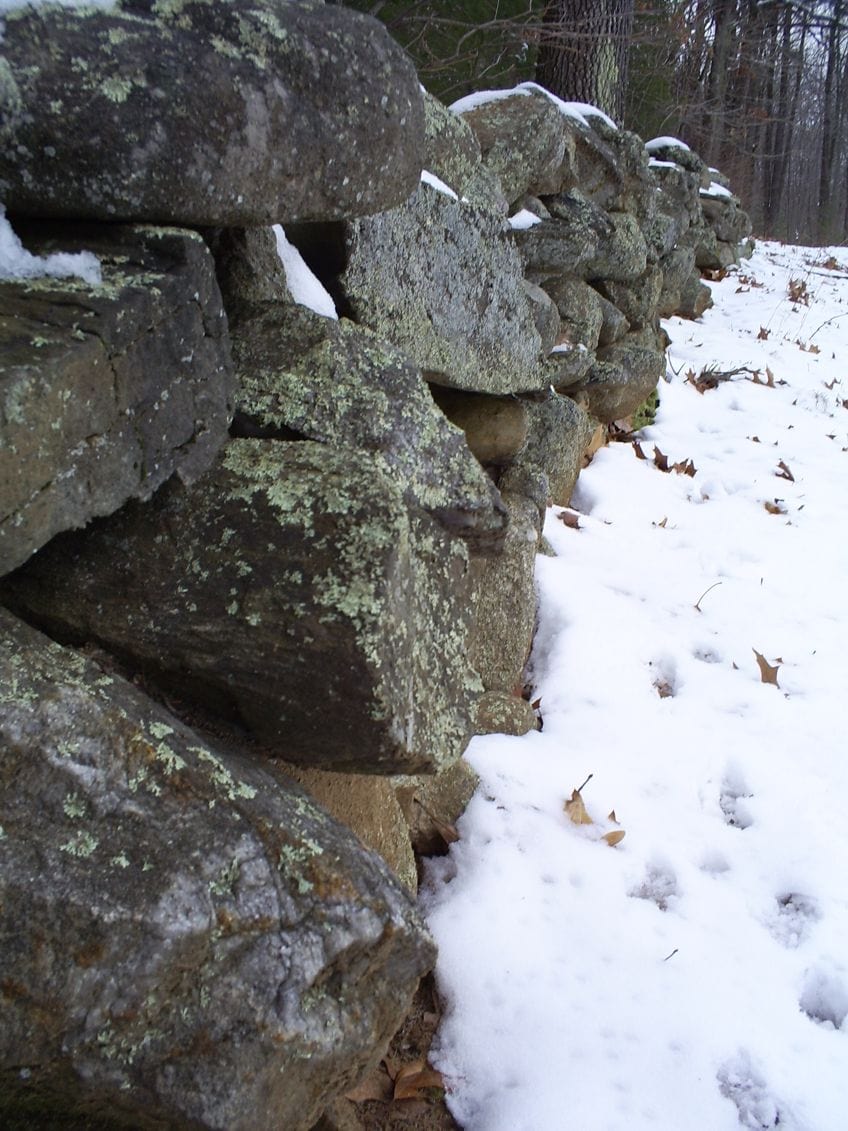
The poem revolves around the story of a wall. This wall separates two neighbors from one another, and every single year, the pair of them meet up to walk around the wall and fix any breaks and gaps that have appeared. These gaps appear for many reasons, such as the hunters who make their way across the wall with their dogs while on the prowl. These two neighbors stay on their own side of the wall as they work to mend the wall for the next year.
The poem ultimately spends the duration contemplating the nature of walls and what they come to mean for humans. There are those who want there to be walls and those who do not want there to be walls, and the speaker’s neighbor is a person who wants a wall in place. Through this, the poem manages to ask us why we want to have these walls.
Are we trying to keep others in or to keep others out?
Birches (1915)
| Date Published | 1915 |
| Type of Poem | Blank verse |
| Rhyme Scheme | None |
| Meter | Iambic pentameter |
| Topic | Birches |
Birches is one of the many Robert Frost poems that focuses on the natural world. In this particular case, the poem is focused on what the title suggests: birch trees. However, these birch trees are used as a metaphorical construction to contemplate deeper questions about the nature of life, humans, heaven, and the earth. The poem specifically calls certain images to mind as it examines these birch trees.
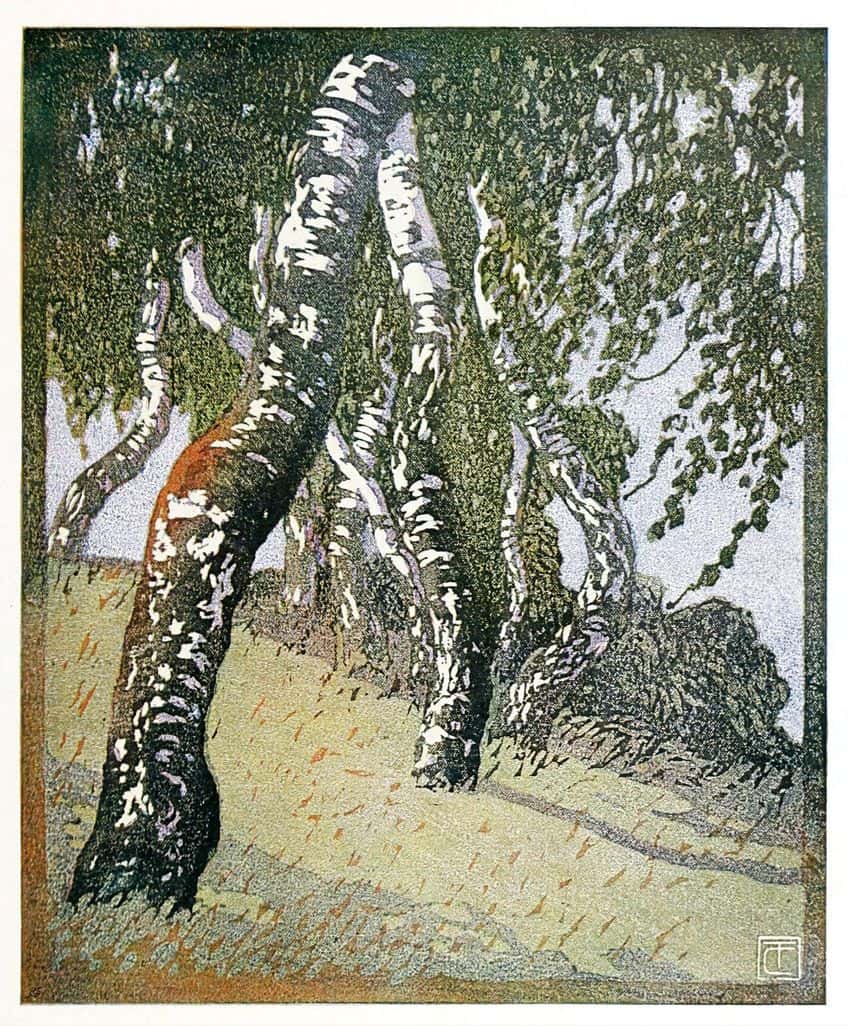
The speaker sees the trees in the aftermath of winter, when they are covered in ice, and contemplates on the reason for their branches to stoop so low. The speaker sees those stooped branches as the result of children who jump and swing on the branches as they play in the natural landscape, and this leads the poem down a path of nostalgia. The trees serve as a means of aiding the child in their play as well as serving as a metaphor for life itself.
The branches of the birch trees are sturdy and do not snap from the force, yet they are also pliable and can bend with this childhood play. For this reason, the birch trees and their branches come to represent the way in which we too are able to serve as pliable, flexible things as we change and develop as our lives continue. The poem moves from examining childhood to the realities of our adulthoods and the more mundane realities of said adulthoods.
However, both of these elements can be understood by most people as we have, or will, all experience this change.
The Road Not Taken (1915)
| Date Published | 1915 |
| Type of Poem | Narrative poem |
| Rhyme Scheme | ABAAB |
| Meter | Iambic tetrameter |
| Topic | Choices |
What is Robert Frost’s most famous poem? The answer is generally easy for most as it is The Road Not Taken. One could argue about whether or not this is his most famous poem, but when you ask most, this is the poem that comes up. It is a poem about choices, and it has likely become so famous because you often can’t make your way through a high school English curriculum without having analyzed this particular poem. It has remained one of the most commonly taught more than a century after its publication.
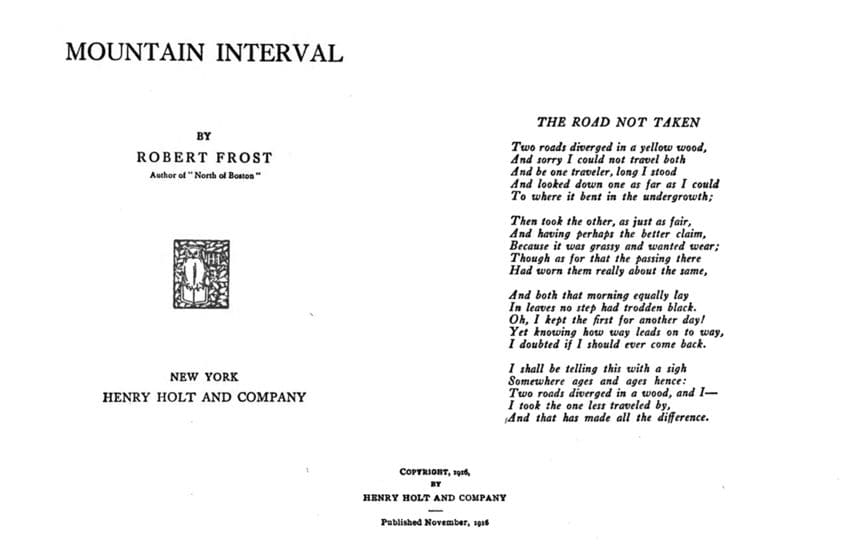
The poem opens with one of the most famous metaphors in the English language. It is the view of a road that has split. There are two ways the speaker could go, and they try to decide whether they should choose the road more often taken or the road that is taken far less often. The speaker ultimately decides which and continues on with their life, but they later acknowledge that the two paths were actually very similar, and they do not know if they chose the road less traveled but resolve that this is what they will tell people when asked.
The road is a metaphor for life and the choices that we face along the way. Did we make the right choices? We may hope that this is what we have done, but it is also very likely that we have simply continued with our lives without really making any decisions that are necessarily unique.
This is something we must contend with as we continue on with our lives, and the poem has likely become so resonant for these very reasons.
‘Out, Out—’ (1916)
| Date Published | 1916 |
| Type of Poem | Single-stanza poem |
| Rhyme Scheme | None |
| Meter | Iambic pentameter |
| Topic | Death |
‘Out, Out—’ is a poem about a tragedy. There are many tragedies that occur every day around the world and, in the case of this particular poem, it is a tragedy that was based on a true story that happened to a friend of Robert Frost. This friend lost a son, and that son died in a particularly gruesome and devastating way. The poem recounts the way that this child died and the aftermath of the terrible accident.

The accident that occurs is when a small child runs afoul of a buzzsaw and loses his hand. The extreme shock and blood loss that follow as a direct result of this ultimately lead to the young child dying. The incident is one that is sudden and deadly, and it is also one that can easily resonate with many because tragic accidents happen all the time, and we are generally forced to contend with the harsh realities of a world that could kill us at any time.
The poem presents all of this in a matter-of-fact sense and portrays it as rather mundane. The death of a child may be an immense tragedy, but it is also something that happens. It happened to this child, and the child ultimately died a very unceremonious death as shock eventually took him. Everyone must also return to their lives after his death, and this is a further means of adding to the mundanity of death.
It happens, but we must continue with our lives whenever it appears.
Fire and Ice (1920)
| Date Published | 1920 |
| Type of Poem | Lyrical poem |
| Rhyme Scheme | ABA ABC BCB |
| Meter | Variable |
| Topic | Destruction |
Fire and Ice is a relatively short poem by Robert Frost and one that focuses on the nature of destruction in the world. It was also published shortly after the First World War and, as a result, it likely resonated with many who were still trying to come to grips with the utter destruction that had settled over the land and led to so much death, dismay, and devastation in every direction. Although the United States, as a country, did not sustain any real damage, it did harm those who became involved in the war itself.

The poem examines the idea of apocalypse. It looks at the world ending in two major ways. It could end in ice or fire. These two types of ends to the world are explored and discussed in very little detail and are instead alluded to in simple language that is meant to evoke the reader to think more deeply on their own about what these kinds of ends may mean.
We can interpret an end to the world in fire or ice in different ways, but one is hot and dangerous, such as war, and the other is cold and may be compared to a long and drawn-out kind of destruction of the world, such as climate change. The terms “fire” and “ice” should not be taken as literal but rather as metaphorical constructions of the kind of devastation that may occur in the world.
The poem is not a positive one, but destruction and death are as much a part of life as anything else.
Stopping by Woods on a Snowy Evening (1923)
| Date Published | 1923 |
| Type of Poem | Narrative poem |
| Rhyme Scheme | AABA BBCB CCDC DDDD |
| Meter | Iambic tetrameter |
| Topic | Humans and nature |
Stopping by Woods on a Snowy Evening is one of the most famous Robert Frost poems, and it explores a number of themes throughout the text. The basic idea behind the poem is the contemplation of the natural world and how we may feel a certain pull from the world that is around us, a pull that we may need to resist because of our own human nature that compels us to do other things.

The narrative of the poem is concerned with a speaker who stops in the woods one snowy evening to look at the natural world around him. This speaker takes in the world. They take it in while remaining as silent as possible. This speaker contemplates staying far longer but must ultimately leave those woods and continue on their way to fulfill whatever obligations they feel they may need to fulfill. The poem allows us to examine ideas surrounding our desire for one thing and our obligations towards others, human nature versus the natural world that surrounds us, and the concept of journeys and how they must all eventually come to an end.
We may stop along the way to see what else there is to see, but we must ultimately continue on our way because all journeys must come to an end.
The Runaway (1923)
| Date Published | 1923 |
| Type of Poem | Narrative poem |
| Rhyme Scheme | ABACBCDEFDDEFGGHIHIJJ |
| Meter | Variable |
| Topic | Innocence and vulnerability |
The Runaway is one of the Robert Frost poems that makes use of animal imagery to explore ideas related to human feelings of innocence and vulnerability. The poem specifically uses the image of a colt, or a young horse, and how it moves around in the snowy landscape where the speaker encounters him, but the colt soon runs away and disappears. The speaker is left to contemplate what this means to him as he watches the creature vanish from sight forever.
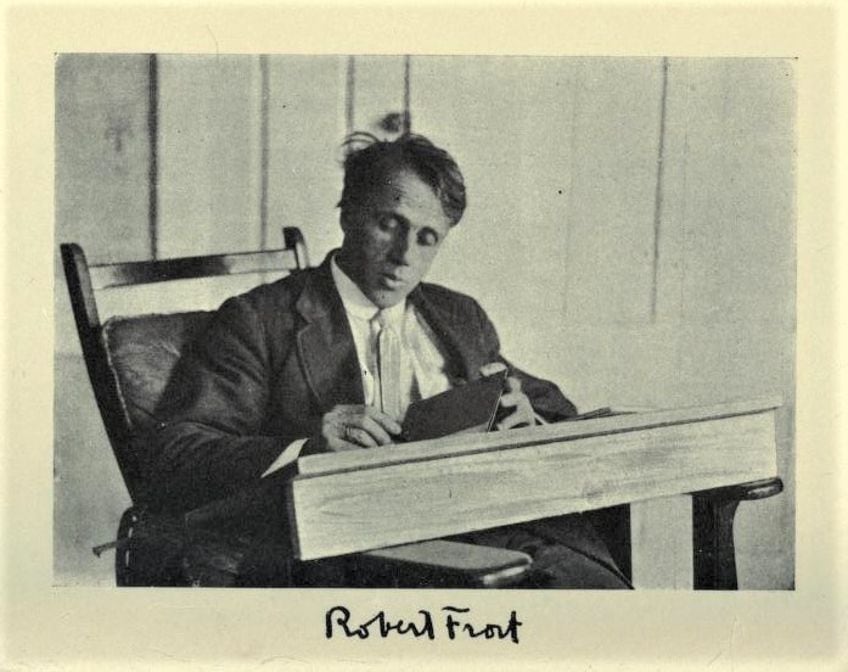
The poem uses this image of the young horse to explore the idea of vulnerability and innocence that comes with youth. The colt is portrayed as one who is afraid of the snow and has likely not encountered it before. Encountering snow is something that may require some adjustment if one has never seen or perceived it before, and the speaker wonders who will teach the colt what snow is in the first place. This is a kind of anthropomorphizing poem that attributes human feelings to a non-human animal. This may have been what the horse was thinking, but it is the human who has ascribed those feelings to the creature without actually knowing for certain that this is what the horse was thinking when he decided to run away.
The poem wants the horse to learn the snow, but the entire narrative of the creature ultimately serves to consider human innocence and vulnerability and what they mean to those of us who may have lost our innocence or experienced instances of vulnerability.
Acquainted with the Night (1928)
| Date Published | 1928 |
| Type of Poem | Narrative poem |
| Rhyme Scheme | ABA BCB CDC DAD AA |
| Meter | Iambic pentameter |
| Topic | Isolation and sorrow |
Acquainted with the Night is a darker and more melancholic poem by Robert Frost that is focused on feelings of sadness, isolation, and despair. It examines the way that these kinds of feelings are universal and therefore apply to all people. The idea of universal concepts is one that many poems attempt to explore, and while many do fail, truly universal ideas are somewhat few and far between in comparison to those that are more particular and individualized. However, we often approach universal concepts in different ways.

The way that Robert Frost explores these universal ideas in this poem is by examining the night. The poem explores how dark and terrible feelings that blossom inside us can be like the metaphorical night. It is utterly inescapable. The night consumes us from every direction and does not let up regardless of how much we may struggle against it. It is a force of nature over which we have no control. The poem is told from the perspective of the speaker as he walks alone at night. He may pass others by but he does not stop to speak to any of them because he does not wish to be forced to explain why he is walking alone at night.
The darkness of the night and the contemplative nature of the speaker both contribute to the feelings of isolation that the speaker experiences as he moves through the world in an attempt to come to terms with his own dark and unyielding thoughts.
The Gift Outright (1941)
| Date Published | 1941 |
| Type of Poem | Patriotic poem |
| Rhyme Scheme | None |
| Meter | Iambic pentameter |
| Topic | American colonialism |
The Gift Outright is the last of the Robert Frost poems on this list, although Frost did continue to publish poetry later into his life. However, this poem is a good one to also examine as it relates to a certain kind of mentality that would eventually become less popular, although no less believed. The reason for this is that the poem is concerned with American colonialism, and how it ultimately led to the American country as it now exists.
The poem opens by discussing the ways in which the land belonged to them before they had even managed to become an independent country, and that the poem as a whole focuses on the ways in which America came to be the land that it is today. However, its focus is on the history of the European settler colonies and not on those who already lived in the country, and so there are certain blind spots found in this kind of depiction.

Regardless of the more problematic elements at play when it comes to a poem like this, it serves as a valuable reminder of the kind of mentality that has been shared and maintained by many colonially-minded people around the world. Those who colonize a place as settlers see that land as their own, and they become citizens of that land, they do often attempt to wash away the history of those who have lived there far longer than they have ever lived there. These kinds of poems are valuable to understanding the colonizing mindset.
Hopefully, you took the road that led to reading this whole article about Robert Frost poetry. We have looked at ten of the most famous Robert Frost poems, including the one that no list of poems by Robert Frost can go without! However, Robert Frost wrote a lot over the course of his life, and there are many fantastic poems by the acclaimed poet that were not discussed in this article. If you enjoy his work, then seek them out!
Frequently Asked Questions
Who Was Robert Frost?
Robert Frost was an American poet who is best known for his often romantic portrayals of the American rural life. He has become known as a culturally American poet who focused on the lives of everyday people. Many of his poems are noted for their realistic portrayals and use of American colloquial English. Over the course of his career, he would receive multiple Pulitzer Prizes and would even be awarded the Congressional Gold Medal in 1960, a few years before his death.
What Is Robert Frost’s Most Famous Poem?
The answer to this question is generally not arguable. The most famous poem that this notable American poet wrote was The Road Not Taken. This is a poem concerned with choices and how we come to perceive the choices that we have made in our lives. It’s a great poem that has become one of the classics of the 20th century and the most notable of all the poems by Robert Frost.
What Were the Most Common Themes Explored by Robert Frost?
While Robert Frost was actually born in the city, he would later move to the countryside and many of his most famous poems are concerned with rural American life. This led to many of the most famous Robert Frost poems being themed around the natural world, the life of ordinary rural people, isolation, the struggles of human life, and so on. While he did write about more than rural life, this is what he has come to be known for in the decades after his death.
What Style of Poetry Did Robert Frost Write?
Poems by Robert Frost do not often conform to ordinary types of poetry, such as sonnets. However, he did often write narrative poems. He would generally make use of rhyme and meter, but many of his poems possessed unique structures. His poems would also often make extensive use of metaphors and simple language.
Why Has Robert Frost Become a Quintessential Rural American Poet?
Robert Frost became known as something of a quintessential rural American poet for a number of reasons. He had a familiarity with rural life and so he could portray it in a realistic manner, he made use of rural settings in many of his poems, he used colloquial American language, and he received many awards throughout his life which led to an increase in his status. All of these factors together have likely contributed to the immense fame that Robert Frost’s poetry has enjoyed throughout the 20th century.
Justin van Huyssteen is a freelance writer, novelist, and academic originally from Cape Town, South Africa. At present, he has a bachelor’s degree in English and literary theory and an honor’s degree in literary theory. He is currently working towards his master’s degree in literary theory with a focus on animal studies, critical theory, and semiotics within literature. As a novelist and freelancer, he often writes under the pen name L.C. Lupus.
Justin’s preferred literary movements include modern and postmodern literature with literary fiction and genre fiction like sci-fi, post-apocalyptic, and horror being of particular interest. His academia extends to his interest in prose and narratology. He enjoys analyzing a variety of mediums through a literary lens, such as graphic novels, film, and video games.
Justin is working for artincontext.org as an author and content writer since 2022. He is responsible for all blog posts about architecture, literature and poetry.
Learn more about Justin van Huyssteen and the Art in Context Team.
Cite this Article
Justin, van Huyssteen, “Robert Frost Poems – A List of the 10 Best Poetry Examples.” Art in Context. November 15, 2023. URL: https://artincontext.org/robert-frost-poems/
van Huyssteen, J. (2023, 15 November). Robert Frost Poems – A List of the 10 Best Poetry Examples. Art in Context. https://artincontext.org/robert-frost-poems/
van Huyssteen, Justin. “Robert Frost Poems – A List of the 10 Best Poetry Examples.” Art in Context, November 15, 2023. https://artincontext.org/robert-frost-poems/.


